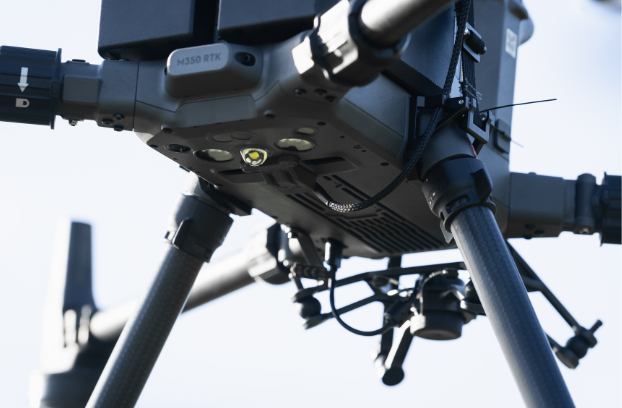Get EASA C5 class for your DJI Matrice 350
KRONOS
M350
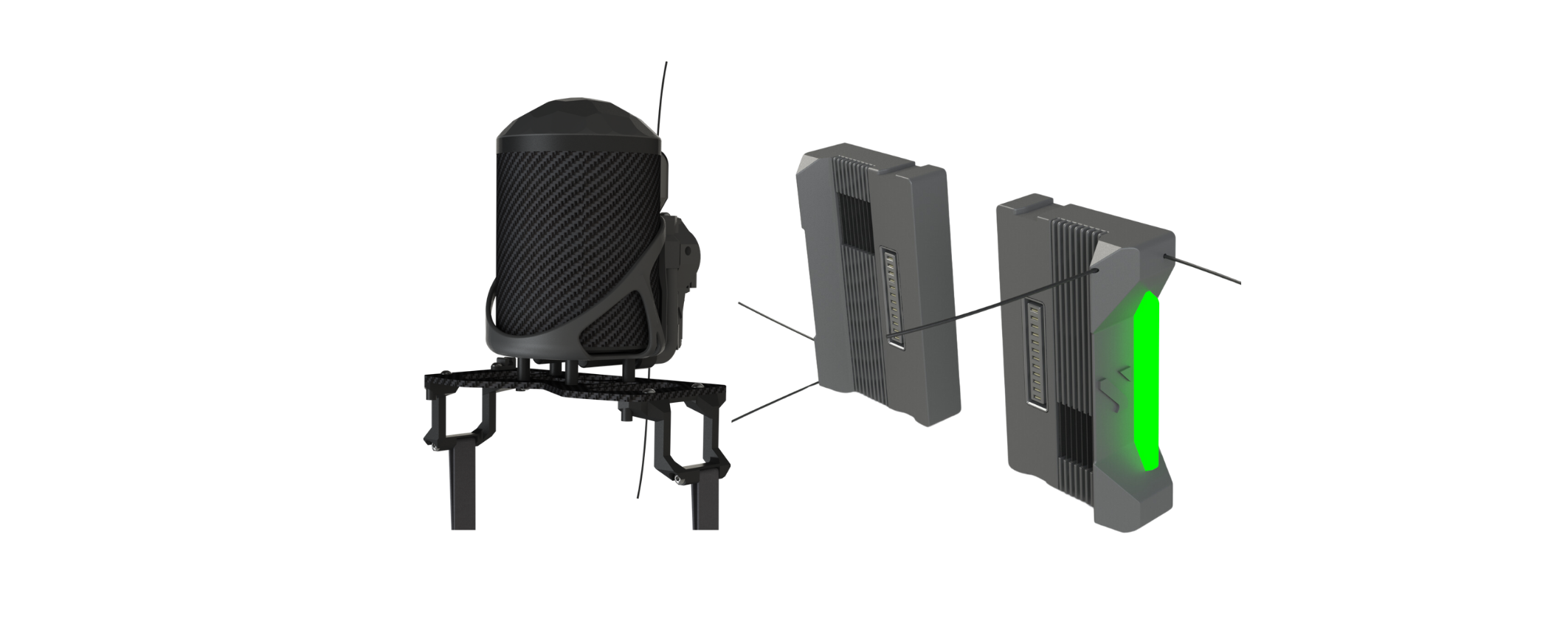
2415,00 € – 2999,17 € excl. VAT
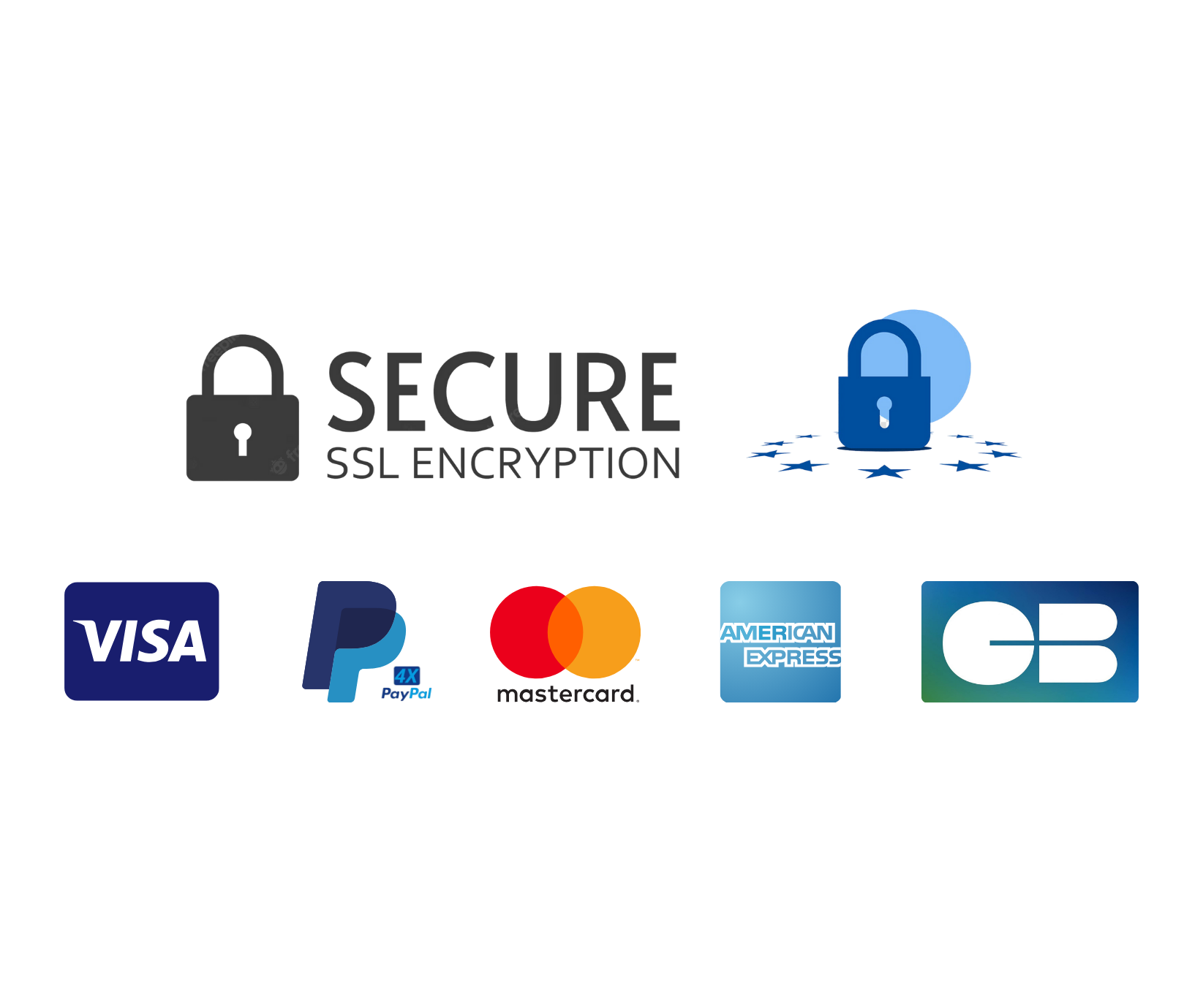
DGAC PACK
Obtain DGAC S1/S2/S3 approval for your drone.
S2/S3 Parachute Recovery System
S1 Flight Termination System
Approvals documents
EUROPEAN COMPLIANCE
EASA PACK
Obtain C5 class label and EASA MOC M2 / MOC 2511 compliance for your drone.
Autonomous deployment
C5 Accessory Kit (only for DJI M350)
MOC2512 (M2) Parachute Recovery System
MOC2511 Flight Termination System
Compliance documents
Declaration of Conformity
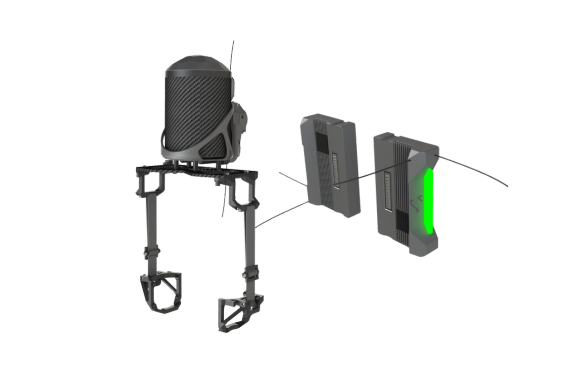
Parachute Recovery System / Flight Termination System



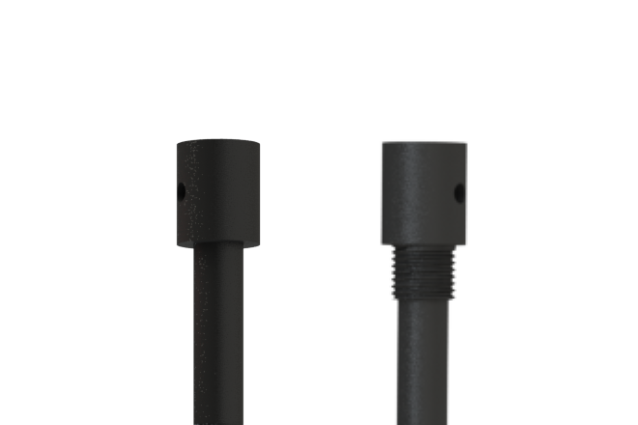
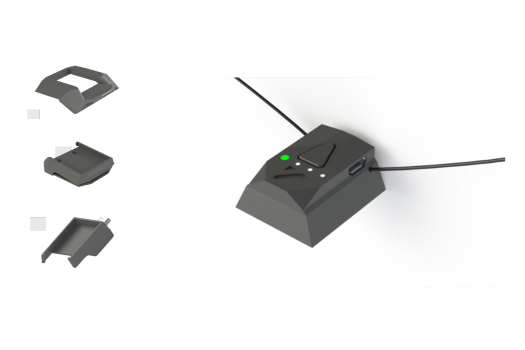

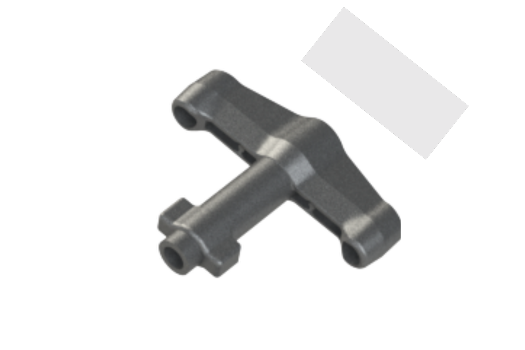

PRS-FTS-MOC KRONOS AD MATRICE 350
PARACHUTE RECOVERY SYSTEM
The result of more than 8 years of research and innovation, the Kronos M350 system for DJI Matrice 350/300 range is designed to offer professional drone operators safety solutions that are quick to implement, easy to re-use with POD system and comply with the latest European standards published by the EASA (C5 / MOC M2 / MOC 2511).
CLIP, LOCK & FLY !
Dronavia is proud to introduce its new POD system, integrated into Kronos parachute recovery systems. After deploying the parachute, the operator simply unscrews the old POD and then screws a new POD onto the parachute system. This simplified rearming process ensures that operators can safely take off again in just a few minutes, without compromising their flying missions.
STAY FOCUS ON YOUR JOB
To reduce activation time and increase the chances of avoiding a crash and accident, Kronos parachute systems incorporate an autonomous deploiement technology. This module triggers the parachute in less than 0.27 seconds, compared with around 3 seconds for a human trigger. Stay one step ahead and fully focused on your flying missions.
Keep flight EFFICIENCY
Thanks to its connection to the drone, the Kronos Inspire 3 parachute has unlimited autonomy, enabling it to carry out even the longest flight missions. Weighing just 450 grams, it’s also designed to be as light as possible, allowing you to carry other accessories without impacting on your flight performance.
Unlimited autonomy
PARA² technology / 3rd generation of ultra-light canopies
Ultra-fast installation
Easy to dismantle and transport
Autonomous deployment system
Equipped with new autonomous deployment technology (mandatory for MOC M2 compliance), Kronos parachutes and FTS activate automatically in less than 0.27 seconds in the event of a problem. This is a significant reduction compared with the average human time of 3 seconds, and also enables a considerable reduction in the drone’s impact energy
A soft & controlled landing
The new PARA² canopies used in Kronos parachute systems are the result of 3 years of development. Their innovative, ultra-light design and unique construction give PARA² canopies superior efficiency and stability.
The fall rate is minimised in relation to the canopy surface. Each Kronos parachute is designed so that the canopy(s) keep the drone as flat as possible during its fall in order to minimise damage on impact.
Compliance with EASA MOC M2
EASA has published a new proposed means of compliance for systems installed on drones to reduce ground impact in the event of a crash. The document is aimed at drone operators who are considering fitting a drone with a parachute or demonstrating that the drone has a feature that reduces its impact energy in the event of a crash. The document is also intended for drone manufacturers and manufacturers of mitigation systems (parachute recovery systems).
The MOC M2 designates the level of robustness required for the safety system in the event of the drone losing control and falling to the ground.
Depending on the level of robustness, a correction value can reduce or increase the GRC. The more effective the measures, the higher the correction value and the lower the GRC. If the final GRC is greater than 7, it is not possible to request a SORA.
The assessment of the ground risk class (GRC) is covered by stages 2 and 3 of the SORA. The first step covers the definition of the intrinsic GRC, which is the initial level of ground risk, while the second covers the mitigation measures that can be applied to reduce the risk and achieve the final GRC.
Secure transmission with Klick system
The communication system between the triggering remote control and the PRS / FTS is based on advanced technology and LoRa modulation.
The communication protocol is based on the 869 MHz frequencies, which are free of authorisation (433 and 915 MHz options available). A 128-bit encryption ensures that the data is not intercepted and the user is warned if the communication is disturbed.
Patented & efficient triggering device
Numerous tests and successive improvements have brought this system to levels of reliability never before achieved on a drone parachute. The pressurised gas (60 bars!) is released in a fraction of a second to propel the parachute canopy out of its container.
The excess gas released (each cartridge contains several dozen litres) is used to accelerate the deployment of the canopy and minimise the loss of altitude when the parachute is triggered.
With the Kronos M350 parachute system, the fall speed for a mass of 7 kg is only 3.56 m/s, i.e. an impact energy of only 44 Joules, compared with 2747 Joules without a parachute system.
POD system
Resetting your Kronos parachute takes just a few minutes. All you have to do is replace your triggered pod with a new one, and then carry out a few simple maintenance operations yourself, as explained and detailed in the parachute user manual.
The CO2 cartridge is the only consumable to be changed on the system after it has been deployed, and a cartridge costs just a few euros. You can either buy a new POD or exchange your deployed POD for a new one at a special price.
Black box for analysing flight logs
A time-stamped log system is built into the Kronos M350 parachute. It records the triggering actions performed by the user for diagnostic purposes. These logs can be analyzed by Dronavia and sent on request.
Long range with Klick system
The range between the Klick trigger remote control and the PRS / FTS, allowing manual activation of Dronavia systems, can be up to 1.5km, in optimal conditions and in an unobstructed, interference-free environment.
Dronavia offers a ‘Klick Ultra’ option for a range of up to 10 kilometres under optimum conditions in an unobstructed, interference-free environment.
grams only
hours of autonomy (∞ if connected to FTS)
kilometers of range (maximum)
autonomous deploiement trigger time (sec)
minimum height of effectiveness (meters)
working temperature
of canopy surface
falling speed in m/s
joules average energy on impact
FTS-MOC KRONOS MATRICE 350
FLIGHT TERMINATION SYSTEM
Our new plug & play Kronos M350 Flight Termination Systems KRONOS, has been designed to enable remote pilots to stay focused on their flying missions. The system can be installed in less than 2 minutes, and is installed between the batteries and the drone. MOC M2511 compliant, you’ll be flying with the best risk management and safety measures in place during your missions.
Klick system for manual triggering
Unlimited autonomy
Ultra-light system
Test performed in accordance with EASA specifications
Linked with a Parachute Recovery System
Dronavia’s experts will pair the PRS with the FTS in our workshop. After a connection test, your accessory kit is shipped. When one of the two systems is triggered, the second will also be triggered.
Plug & play module
Secure transmission with Klick system
The communication system between the triggering remote control and the PRS / FTS is based on advanced technology and LoRa modulation.
The communication protocol is based on the 869 MHz frequencies, which are free of authorisation (433 and 915 MHz options available). A 128-bit encryption ensures that the data is not intercepted and the user is warned if the communication is disturbed.
Long range with Klick system
The range between the Klick trigger remote control and the PRS / FTS, allowing manual activation of Dronavia systems, can be up to 1.5km, in optimal conditions and in an unobstructed, interference-free environment.
Dronavia offers a ‘Klick Ultra’ option for a range of up to 10 kilometres under optimum conditions in an unobstructed, interference-free environment.
EASA MOC2511 compliance
Dronavia is proud to be the first manufacturer to provide a system that is compliant with the MoC Light-UAS.25 published by EASA, an essential compliance in the development of a SORA. This essential compliance in the development of a SORA (Special Operations Risk Assessment) ensures that our customers have the best risk management and safety measures for their special operations, while staying ahead of future European standards. The MOC 2511 is sufficient to meet the requirements of Part 9.
grams only
unlimited autonomy
kilometers of range (maximum)
trigger time (sec)
dimensions in cm
working temperature
CHANGE YOUR POD
KLICK SYSTEM
DJI Inspire 3
DJI Matrice 350/300
DJI Matrice 30
DJI Mavic 3
DJI Matrice 3D
Why equip your drone with a Parachute Recovery System (PRS)?
Adding a Parachute Recovery System (PRS) to a drone can help ensure safety in the event of a technical failure or critical problem during flight (extreme weather conditions, radio transmission failure, technical failure of the propulsion system, loss of GPS signal, etc.).
Parachute Recovery Systems (PRS) help attenuate impact and minimize damage to the drone and its environment in the event of an emergency landing. They can also help protect nearby people in the event of a problem during flight.
How do Dronavia Parachute Recovery Systems (PRS) protect my drone?
All our Parachute Recovery Systems (PRS) enable an emergency landing following an in-flight problem, by drastically limiting impact energy.
To limit impact energy, the new Kronos PRS incorporate autonomous deployment technology. This technology automatically deploys the parachute in less than 0.27 seconds, compared with around 3 seconds for human deployment, in the event of a problem during flight.
The new PARA² canopies used in Kronos Parachute Recovery Systems (PRS) are the result of five years’ development. Their innovative, ultra-light design and unique composition give PARA² canopies superior efficiency and stability. The rate of fall is minimized in relation to the surface area of the canopy. Dronavia Parachute Recovery Systems (PRS) are designed so that the canopy keeps the drone as flat as possible during its fall, to minimize impact damage.
However, Dronavia cannot guarantee that your drone will remain flat during its fall. This depends on weather and deployment conditions (height, type of ground, etc.).
How do Dronavia Parachute Recovery Systems (PRS) work?
To reduce activation time and increase the chances of avoiding a crash or accident, Dronavia Parachute Recovery Systems (PRS) incorporate autonomous deployment technology. This technology automatically deploys the parachute in less than 0.27 seconds, compared with around 3 seconds for human deployment, in the event of a problem during flight.
For total safety, Kronos Parachute Recovery Systems (PRS) can also be deployed manually, using a Klick trigger remote control. Ergonomic, lightweight, with LED status indicators and a secure wireless connection, the Klick trigger remote control range enables drone operators to ensure the safety of their flights, thanks to rapid, controlled deployment.
How are Dronavia Parachute Recovery Systems (PRS) deployed?
Dronavia uses a patented CO2 ejection system for its parachute systems (PRS). This ejection system has been tried and tested and used by the majority of French drone operators for over 6 years. Numerous tests and successive improvements have brought this system to unprecedented levels of reliability.
A pressurized gas (60 bar) is liberated in a fraction of a second to propel the parachute canopy out of its container. The excess gas released (each cartridge contains several liters) is used to accelerate canopy deployment and minimize altitude loss during parachute deployment.
How does Dronavia's autonomous Parachute Recovery System (PRS) deployment technology work?
For several years, Dronavia has been developing autonomous deployment technology (mandatory for MOC2512 (M2) compliant systems and the C5 accessory kit) to help operators achieve the best risk management for their flight missions.
This technology automatically deploys the parachute in less than 0.27 seconds, compared with around 3 seconds for human deployment, in the event of a problem during flight.
Here are just a few of the elements taken into account by our autonomous deployment technology: gyroscope, accelerometer, magnetometer, barometer, temperature, humidity, etc.
Dronavia’s autonomous deployment technology has been tested to EASA standards.
How do I install a Dronavia Parachute Recovery System (PRS)?
Dronavia’s Parachute Recovery Systems (PRS) are designed for easy integration, with an installation time of around 5 to 10 minutes (for the first installation) and then only a few seconds. Dronavia provides a user manual and tutorial videos to help drone operators carry out the installation quickly and easily.
Our systems have also been designed and developed to be quick and easy to transport.
What communication system is used to link the Dronavia Parachute Recovery System (PRS) to the Klick trigger remote control?
The communication system between the triggering remote control and the PRS / FTS is based on advanced technology and LoRa modulation.
The communication protocol is based on the 869 MHz frequencies, which are free of authorisation (433 and 915 MHz options available). A 128-bit encryption ensures that the data is not intercepted and the user is warned if the communication is disturbed.
Can the Klick trigger remote control be interfered with and/or intercepted? Is there a risk of accidental deployment?
No, all data is encrypted using a secure wireless link based on advanced technology and LoRa modulation. 128-bit encryption ensures that data cannot be intercepted. The user is warned if communication is disrupted.
How to rearm Kronos Dronavia Parachute Recovery Systems (PRS)?
Rearming Kronos Parachute Recovery Systems (PRS) takes just a few minutes. Simply replace the old POD with a new one, then carry out a few simple maintenance operations yourself.
These operations are explained and detailed in the parachute system user manual and in tutorial videos available on our YouTube channel.The CO2 cartridge is the only consumable item to be changed on the parachute system (PRS) after deployment.
A cartridge costs just a few euros. You can either buy a new POD, or exchange your used POD for a new one at a preferential price.
How do I carry out maintenance on Kronos Parachute Recovery Systems (PRS)?
There are two types of maintenance: preventive and post-deployment. In both cases, the only operation required on Kronos Parachute Recovery Systems (PRS) is replacement of the POD. This is a quick and easy operation, which means that the drone operator never has to immobilize his drone.
A use-by date is indicated on each POD. Dronavia declines all responsibility and voids the warranty on your system if your POD has exceeded this use-by date.
In both cases, you can either buy a new POD, or exchange your used POD for a new one at a preferential price.
How do I exchange my POD?
Whether your POD is used or needs annual maintenance, you can exchange it for a new POD at a preferential price.
Buy a POD exchange and send us your POD. When we receive your POD, we’ll send you the new POD.
How do I carry out maintenance on Zephyr/IDRsys Parachute Recovery Systems (PRS)?
There are two types of maintenance: preventive and post-deployment. In both cases, replacing your CO2 cartridge, rearming your parachute, checking your parachute’s firing pin and spring, folding your canopy… are complex or dangerous operations to carry out.
We recommend that you entrust your maintenance to the experts at Dronavia. We recommend that you opt for the manufacturer’s maintenance service offered by Dronavia. If you choose to rearm your Zephyr or IDRsys Parachute Recovery System (PRS) yourself, Dronavia will void the warranty on your system.
Send us your Zephyr & IDRsys PRS systems, and our experts will carry out all maintenance work with their unique know-how. You’ll receive your system as good as new, with the warranty intact. Shipping costs are your responsibility.
How to rearm Zephyr/IDRsys Parachute Recovery Systems (PRS)?
Replacing your CO2 cartridge, resetting your parachute, checking your parachute’s firing pin and spring, folding your canopy… these are all operations that can be complex or dangerous. We recommend that you opt for the manufacturer’s maintenance service offered by Dronavia.
If you choose to rearm your Zephyr or IDRsys parachute system (PRS) yourself, Dronavia will void the warranty on your system.
Send us your Zephyr & IDRsys PRS systems, and our experts will carry out all maintenance work with their unique know-how. You’ll receive your system as good as new, with the warranty intact. Shipping costs are your responsibility.
Can I travel by plane with a Dronavia Parachute Recovery System (PRS)?
There are no constraints for drone operators traveling by air. Most airlines offer the possibility of putting your Parachute Recovery System (PRS) in the hold or in the cabin with the gas cartridge (16G / 12G / 8G / 4G).
What regulations do Dronavia Parachute Recovery Systems (PRS) comply with?
Dronavia Parachute Recovery Systems (PRS) comply with MoC2512 for M2 mitigating means published by EASA. It facilitates the implementation of the Specific Operations Risk Assessment (SORA). The MoC 2512 (M2) demonstrates that the drone has a feature that reduces its impact energy in the event of a crash.
Dronavia Parachute Recovery Systems (PRS) can be used in France to approve drones weighing between 2 and 8 kilograms for DGAC (Direction Générale de l’Aviation Civile) Scenario 3 (S3). This requirement aims to guarantee the safety of people and property on the ground in the event of a critical problem during flights in urban areas or when flying over people, by limiting the impact on the ground to less than 69 joules.
By combining your Parachute Recovery System (PRS) with your Flight Termination system (FTS), you can obtain an accessories kit enabling you to classify your drone C5 (for all C3 class drones). This EASA-compliant accessory kit enables you to fly in the specific category in the STS-01 scenario.
By combining your Parachute Recovery System (PRS) and your Flight Termination system (FTS), the drone becomes S1/S2/S3 approved by the DGAC.
What is the C5 class published by EASA?
From January 1, 2024, a new drone class, C5 Class (for specific category flights (STS-01)), will come into force throughout Europe.
The STS-01 scenario concerns line-of-sight flights at an altitude of 120 meters, whether in a populated or unpopulated environment.
To fly in this scenario in Europe, you need to obtain a C5 class label for your drone. There are two ways of doing this: either the manufacturer develops his drone to meet the requirements of this class, or the drone operator installs an accessory kit (or conversion kit) on his C2 or C3 class drone (DJI Mavic 3 Enterprise/Pro/ProCine / DJI Matrice 350 / DJI Inspire 3 / DJI Matrice 3D), enabling his drone to become C5 class compliant and obtain this marking.
Dronavia is proud to be the first manufacturer to offer accessory kits or conversion kits (consisting of a parachute system (PRS) and a Flight Termination System (FTS)) compliant with EASA regulations, enabling your drone to obtain the C5 class label.
How can I get C5 class for my C3 class drone?
To obtain Class C5 label for your Class C3 drone (DJI Matrice 350 / DJI Inspire 3 / DJI Matrice 3D…), simply install a plug and play accessory kit (PRS + FTS) offered by Dronavia. The drone operator can install this accessory kit himself. If the operator wishes to revert to the drone’s original Class C3 marking, simply remove the accessory kit from the drone (PRS + FTS).
How can I get C5 class for my C2 class drone?
To obtain C5 class label for your C2 class drone (DJI Mavic 3 series), the operator doesn’t need to install an accessory kit directly on his drone, but to convert it from C2 to C5 class.
To carry out this conversion, the C2 class drone must pass through our workshop (or that of an authorized reseller) so that our experts can install an internal Flight Termination System (FTS).
Equipped with our internal PRS + FTS conversion kit (PRS-FTS-MOC Kronos AD Mavic 3), for example, the DJI Mavic 3E drone becomes a Kronos AD Mavic 3E drone.
To achieve C5 conformity, Dronavia started from scratch, checking all the requirements of class C5 for the drone + PRS + Internal FTS package (unlike an accessory kit, for which it is sufficient to check the requirements for the accessory kit alone).
Do I keep the warranty on my DJI drone when I upgrade it from class C3 to C5?
You retain your DJI warranty when you upgrade your drone from class C3 to class C5. To do this, simply dismantle the FTS + PRS assembly before sending your drone to DJI under warranty.
Do I keep the warranty on my DJI drone when I upgrade it from class C2 to C5?
You retain your DJI warranty when you upgrade your drone from class C2 to class C5. To do this, simply dismantle the entire C5 conversion kit (PRS + internal FTS) before sending your drone to DJI under warranty.
Can I continue to fly C3 once the C5 accessory kit has been installed?
To return to C3 configuration and fly in this configuration, simply remove the accessory kit (PRS + FTS).
Can I continue to fly C2 once the C5 conversion kit has been installed?
To return to C2 configuration and fly in this configuration, simply remove the Parachute Recovery System from the drone. The internal FTS can remain in place inside the drone.
What is a MOC (Means of Compliance)?
An MoC (Means of Compliance) is a way for professional drone operators to demonstrate that they comply with the regulations and standards that apply to their activities, and to guarantee the quality and safety of the products they use. To obtain it, it is necessary to meet the current regulatory requirements published by EASA, the European Union’s Aviation Safety Agency.
In addition to the quality and safety offered by a product that complies with the MOCs proposed by EASA, professional drone operators can obtain a SORA (Specific Operations Risk Assessment) or PDRA (Pre-Defined Risk Assessment), flight authorizations issued for complex missions in a specific category.
What is the MOC2512 (M2) published by EASA?
EASA has published a new compliance proposal for systems installed on drones to reduce ground impact in the event of a crash. The document is aimed at drone operators planning to fit a drone with a parachute, or to demonstrate that the drone is equipped with a function that reduces its impact energy in the event of a collision. The document is also aimed at drone manufacturers and manufacturers of Parachute Recovery Systems (PRS).
MOC2512 (M2) designates the level of robustness required for the safety system in the event of a drone losing control and falling to the ground.The three key elements of an effective M2 mitigation system are as follows:
- Reduce the effect of ground impact
- Operate reliably in the event of loss of control
- Do not introduce any additional risk
Drone manufacturers must declare that they meet these three requirements and provide evidence, in the form of tests, analyses, simulations, inspections, design reviews or operational experience, to back up these declarations.
What is the Ground Risk Class (GRC)?
Ground Risk Class (GRC) assessment is covered by steps 2 and 3 of a Specific Operations Risk Assessment (SORA) dossier. The first step covers the definition of the intrinsic GRC, which is the initial level of ground risk, while the second covers the mitigation measures that can be applied to reduce the risk and achieve the final GRC.
How to reduce GRC scores with MOC2512 (M2) and obtain a SORA (Specific Operations Risk Assessment)?
Mitigation measures are divided into three stages:
M1 – Strategic mitigation: this stage involves implementing strategies to reduce risks at source. For example, by choosing flight routes that avoid high-risk areas, or by using technologies that reduce the risk of accidents.
M2 – Reducing effects in the event of an impact: this stage aims to minimize the consequences of an accident should it occur. For example, by using containment devices to protect people and property on the ground, or by implementing evacuation plans in the event of an accident.
M3 – Contingency planning: this stage involves putting in place protocols to manage the consequences of an accident and ensure the safety of people and property on the ground. For example, by providing emergency communications or establishing working relationships with local authorities and emergency services.
Each of these steps has a corrective value, which can reduce or increase the GRC depending on the strength of the measures put in place. The more effective the measures, the higher the correction value and the lower the GRC. If the final GRC is higher than 7, it is not possible to apply for a SORA file.
What is the range of the Klick remote trigger for manual deployment of the Parachute Recovery System (PRS)?
The range between the Klick trigger remote control and the PRS / FTS, allowing manual activation of Dronavia systems, can be up to 1.5km, in optimal conditions and in an unobstructed, interference-free environment.
Dronavia offers a ‘Klick Ultra’ option for a range of up to 10 kilometres under optimum conditions in an unobstructed, interference-free environment.
How do I switch off the drone's power supply to the drone's motors while the Parachute Recovery System (PRS) is deploying?
Dronavia markets Flight Termination systems (FTS) compatible with its Parachute Recovery Systems (PRS), enabling the drone’s power supply to be cut off in less than a second. The two systems are paired and coupled in our workshop by our experts. If the Flight Termination System (FTS) is activated, the Parachute Recovery System (PRS) is also automatically deployed (and vice versa).
Do Dronavia Parachute Recovery Systems (PRS) require a power supply?
Dronavia parachute systems (PRS) are equipped with an independent 5-hour battery that can be recharged via USB-C. Dronavia also supplies a USB-C cable (which can be connected to the drone or to a FTS) to give the PRS unlimited autonomy.


